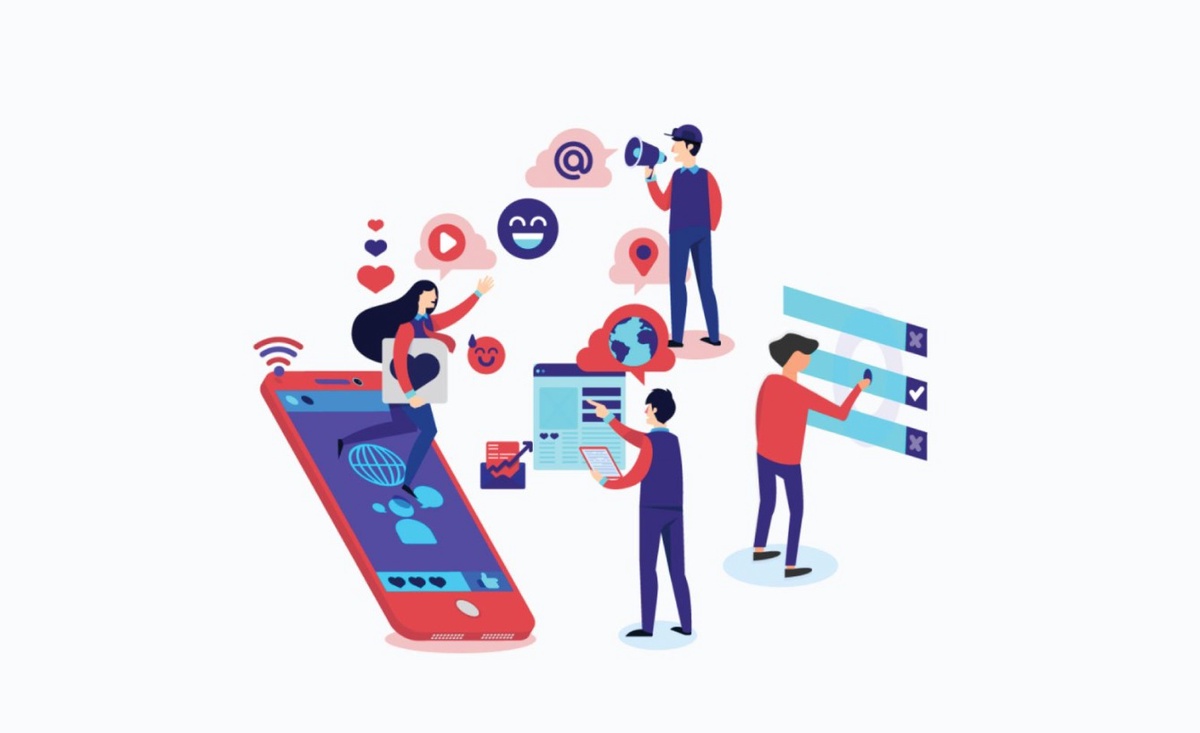Introduction
In the dynamic world of marketing, understanding your audience is paramount. One key strategy that fuels effective targeting and personalized communication is audience segmentation. This comprehensive guide will delve into the art and science of identifying audience segments, exploring each step, and providing insights to help businesses decode the nuances of their diverse target demographics. A Digital Marketing Agency in Greater Noida that will make your business unstoppable.
Understanding Audience Segmentation:
Data Mining and Analytics:
Utilize data mining and analytics tools to extract meaningful insights from your existing data. Analyze customer interactions, purchase history, and online behavior to uncover patterns that hint at distinct segments.
Demographic Factors:
Start with basic demographic factors such as age, gender, location, and income levels. Understanding these fundamental characteristics lays the groundwork for more nuanced segmentation.
Psychographic Insights:
Dive into the psychological aspects of your audience. Explore interests, values, lifestyle choices, and attitudes. This psychographic profiling provides a deeper understanding of what motivates and resonates with different segments.
Behavioral Patterns:
Analyze behavioral patterns to identify how users interact with your products or services. Uncover patterns such as purchase frequency, engagement levels, and response to marketing campaigns.
Technographic Segmentation:
Consider the technology your audience uses. This includes devices, operating systems, and preferred digital platforms. Understanding technographic details helps tailor your digital presence to match audience preferences.
Customer Surveys and Feedback:
Directly engage with your audience through surveys and feedback forms. Ask questions that reveal preferences, challenges, and expectations. This firsthand information is invaluable for creating targeted segments.
Lifecycle Stage:
Consider where your audience is in their lifecycle stage. Are they new prospects, repeat customers, or lapsed users? Tailoring communication based on lifecycle stage ensures relevance and resonance.
Cohort Analysis:
Group users based on shared characteristics or experiences, creating cohorts. Analyzing how different cohorts behave over time provides insights into evolving audience needs.
Crafting Segmentation Strategies:
Segmentation Variables:
Identify the variables that will be the basis for segmentation. This could include demographic data, behavioral patterns, or psychographic insights. Clarity on segmentation variables ensures a systematic approach.
Create Detailed Customer Personas:
Develop detailed customer personas for each segment. Personas go beyond data points, humanizing each segment and providing a holistic understanding of their needs and preferences.
Tailor Communication Strategies:
Customize your communication strategies for each segment. This involves creating targeted content, personalized emails, and segment-specific campaigns that speak directly to the interests and concerns of each group.
Dynamic Website and User Experience:
Implement a dynamic website and user experience that adapts based on the identified segments. Personalized landing pages and content recommendations enhance user engagement.
Adapt Product Offerings:
Evaluate if your product offerings can be adapted to cater to the specific needs of different segments. This might involve creating variations of products or emphasizing different features for each group.
Channel-Specific Approaches:
Tailor your approach for different marketing channels. What works on social media might not be as effective in email campaigns. Segment-specific strategies ensure maximum impact across diverse channels.
Testing and Optimization:
Implement A/B testing to refine your segmentation strategies. Test different messages, offers, and channels to determine what resonates most with each segment. Optimization is an ongoing process.
Feedback Loop Integration:
Integrate a feedback loop to continuously refine your segments. Encourage customer feedback and monitor how changes in your strategies impact user behavior. This iterative process ensures that your segmentation remains relevant.
VISIT ALSO: Unveiling the 7 C’s of Digital Marketing
Conclusion:digital marketing company in greater noida
Identifying audience segments is not a one-time task; it's an ongoing process that requires a combination of data analysis, customer understanding, and strategic thinking. By decoding the intricacies of their audience, businesses can tailor their marketing efforts to be more targeted, relevant, and ultimately successful. The art and science of audience segmentation empower businesses to build lasting relationships with their diverse customer base, fostering loyalty and sustained growth. A Digital Marketing Agency in Greater Noida that can make your business unstoppable


No comments yet